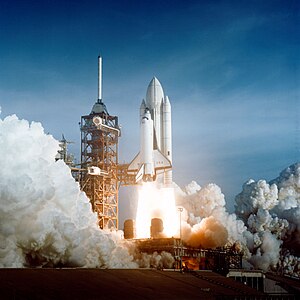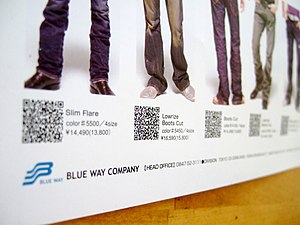
I don’t remember the first moon landing. I wasn’t quite five. Also I was asleep. Never have quite forgiven my parents for that… But as I grew, going to the moon was something people just did. Apollo 13 I do recall; I drew pictures of a lunar command module (you knew the names of the parts of rockets) with pieces flying off. Space travel was normal – and it had only just begun.
That impression lingered for long after, with Skylab and then the Skylab-Soyuz hookup, and – after what seemed like an interminable wait – the Space Shuttle finally flying. Surely the Shuttle was a step towards Mars and beyond.
In all, we were well into the 80s before it sank in. The great age of planetary exploration had ended years before. I’d thought the future was going to be incredibly exciting. It turned out I’d been born into someone else’s exciting future, already almost over when I arrived. That’s why the 80s were such unremitting crap I guess. A decade without a future, caught between lost hope and the still undiscovered.
As it turned out, we got our own exciting future. A more sophisticated one, of data and connection, than childhood’s rocket-fuelled dreams. But I guess nothing can ever replace the simple beauty of such vast possibilities. Yes, I wanted to be an astronaut.
Neil Armstrong was the first person to do something I’ve dreamed of ever since. He walked on the surface of another world, where nothing is the same – not the light, the air, even your own weight. He was the first human to stand anywhere other than on Earth. He will not be forgotten, for as long as there are people.


